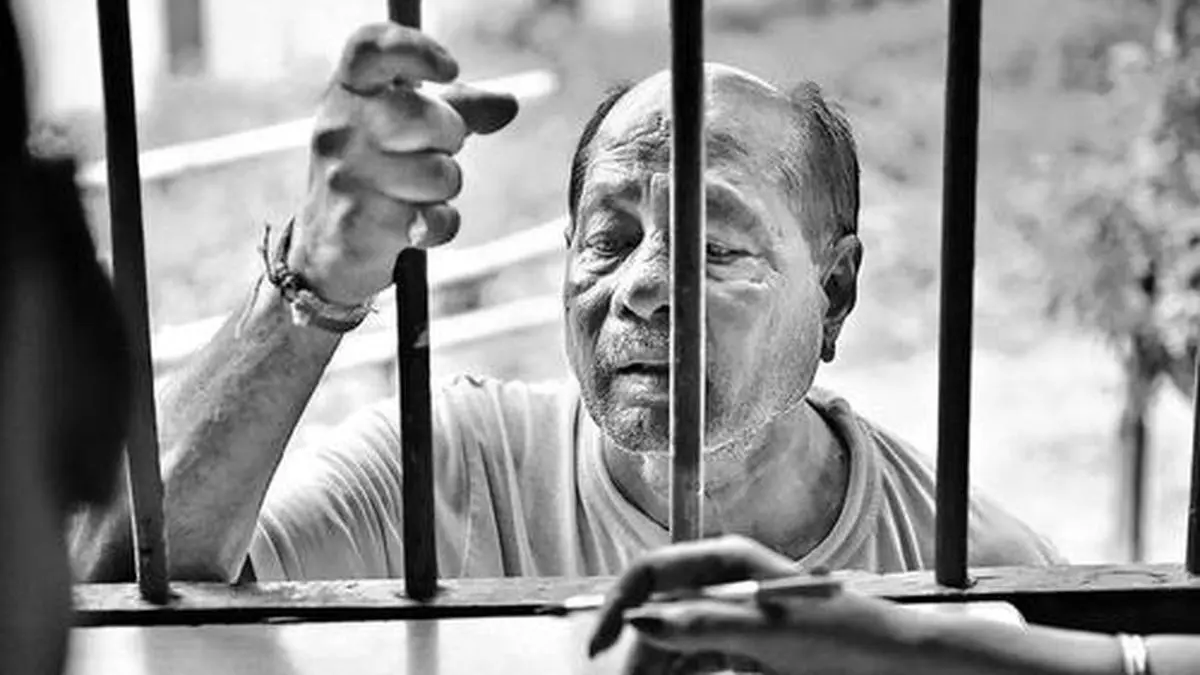by JINOY JOSE P.

Dear reader,
“Suppose you were woken up from sleep one night and asked to prove that you were an Indian—what would you do?”
This is the question Aziz asks in an N.S. Madhavan short story—his voice rising, as a bureaucrat in Mumbai coolly evaluates his existence like a defective product. A ration card inspector has turned into a nationalist inquisitor. The village of his birth is declared too implausible to exist. And finally, when Aziz, born in 1971, says he wasn’t alive in 1970 (the cut-off year), it’s taken as an admission of guilt: that he must have arrived post-infiltration, and is therefore not Indian.
The story, “Mumbai”, is inarguably one of the most devastating portraits of state violence ever written in Indian fiction—not for its spectacle, but for its slow-paced, insidious cruelty. It is the story of a man stripped of his citizenship by smirk and insinuation, and not exactly by the law.
And, dear reader, it is no longer fiction.
Citizenship, across the world, has been a political tool more powerful than weapons. It helps those in power determine who can move, vote, own land, and more. Going deeper, it tells us who can dream, who belongs where, and who must die in waiting. In theory, citizenship is a contract between the state and the individual. In practice, it is a lever of control. The most powerful modern states do not need to expel you. They can simply erase your paperwork—and with it, your personhood.
We’ve seen this before. In Germany, after reunification in the 1990s, a new nationality law privileged jus sanguinis—right by blood—over jus soli—right by birth. Ethnic Germans from eastern Europe were welcomed “home”; Turkish workers who had built West Germany’s economy were left excluded and, in many instances, stateless. In Myanmar, the 1982 Citizenship Law reduced the Rohingya to “Bengali” interlopers. By 2018, over 7,00,000 Rohingya had been ethnically targeted and driven into Bangladesh. Many of those who fled carried no papers but memories of their homeland.
Wherever such events happen, the victims are denied education, healthcare, and legal protection. They simply cease to exist—in a legal sense. And that, precisely, is the violence: being alive but officially invisible. This systematic erasure, a phrase that’s become so redundant now, of legal personhood has been explored powerfully in both political theory and cinema. Hannah Arendt, writing after the Second World War, coined the phrase “the right to have rights” to describe the foundational function of citizenship. Once a person is stripped of their political belonging—what Arendt called “natality”—they become unprotected, unrecognised, and uncounted. Statelessness, in her view, was not just a legal condition but a metaphysical wound. It turned people into ghosts in the political machine—present, yet not present.
Closer to home, the 2019 Hindi film Eeb Allay Ooo! captures this ghostliness with eerie precision. Its protagonist, a young migrant employed as a government monkey repeller in Delhi, is invisible in every way that matters. He cannot access stable housing, medical care, or legal redress. He is a citizen on paper, yet his life is lived in the cracks of the state. The film is not about deportation, but about what happens when citizenship is so hollowed out that it becomes meaningless—when rights exist only in theory, and the daily experience of the citizen is one of exclusion, surveillance, and fear.
India has its own archive of such invisibilisation. And it has taken on a unique communal and electoral colour. Who gets to be Indian—and more precisely, who gets to be seen as legitimately Indian—is now a question decided less by law and more by lineage, language, and religious identity.
Frontline for more
